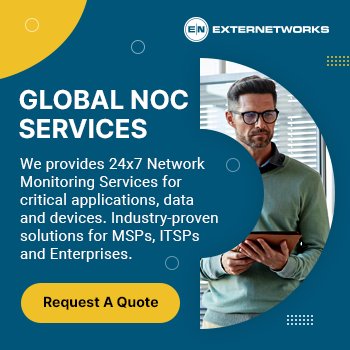Cloud Managed Services vs. Traditional Managed Services

It is safe to say that Cloud Computing has transformed IT forever. Companies have enjoyed tremendous scalability, increased agility, and inexpensive expenses because of cloud virtualization. Managed cloud services providers (MSPs) are significant assets for enterprises, helping them discover and use the advantages they offer.
Regarding cloud vs. traditional managed services, MSPs working within the cloud and in conventional enterprise environments perform identical work under distinct situations. Cloud MSPs function like traditional MSPs, helping to manage monitoring and maintenance, but because the cloud is a newer platform constantly changing, working with a Cloud MSP is critical in staying on top of things. See how Cloud Managed Services and Traditional Managed Services vary below.
A typical data center is located on-premises, is hardware-based, and stores data within a single local network environment. This means that your managed service provider (MSP) will have to execute updates, monitoring, and maintenance in-house. This can cause things to move more slowly and inefficiently. The cloud is a data storage facility located off-site and accessible from anywhere in the world via the internet.
Because the cloud is redundant, your MSP can handle all upgrades, monitoring, and maintenance from any location, allowing for faster and more effective service delivery overall. In addition, because cloud vendors have many data centers in various geographic regions, your cloud MSP can ensure uptime during outages by monitoring the situation.
Benefits from a more customer-focused and customer-driven experience, allowing you to scale up your capabilities and offer a truly exceptional service that leans heavily on the benefits of cloud-managed and traditional managed services.
Once you have opened up your scope for potential growth and expansion, you can take the next step in your journey thanks to a reactive service that keeps your systems up and running daily, while offering comprehensive service support and data protection.
Core concepts of Cloud vs. Traditional Managed Services
Many processes are made more accessible by your Cloud MSP. Because everything you need is just a click away in the cloud, it’s simple to test in development and quickly spin up new environments when needed.
Traditional managed service providers (MSPs) will have a more difficult time completing tasks. Ordering parts that will take months to arrive, finding qualified installers, and testing to ensure that everything is working correctly may be time-consuming and lengthy. This happens virtually instantaneously, thanks to the cloud and your managed service provider.
In contrast to on-site data centers, cloud computing eliminates the capital expense of purchasing hardware and software, as well as the costs of setting up and operating them. This includes the racks of servers, the round-the-clock electricity for power and cooling, and the costs of hiring IT professionals to manage the infrastructure. It adds up quickly. However, both cloud-managed services and traditionally managed servers allow you to forgo the cost of purchasing the equipment yourself, thus reducing the cost of setup and maintenance, and is one of the similarities amongst core concepts of both services.
The Similarities Between Cloud vs. Traditional Managed Services
The similarities and differences between cloud service providers and managed service providers Cloud and managed services give business solutions to firms seeking to streamline processes and compete in their respective industries. Several aspects of their lives are comparable in the following ways:
- Maximize the efficiency of your operations – Automating core IT operations such as code deployment and configuration management, cloud, and managed services can increase operational efficiency.
- Operating costs should be reduced – By reducing the costs associated with the hiring and training of dedicated in-house IT specialists, both of these initiatives contribute to lower operating expenses.
- Business assistance in focusing on their key strengths – CSPs and MSPs relieve their clients of the stress of addressing IT-related difficulties, allowing them to devote their time and energy to more critical tasks.
- Encourage new ideas – Providing cloud and managed services to satisfy today’s dynamic business environment demands, fostering innovation, increasing growth, and improving profit margins are the ultimate goals of these services.
The cloud has fundamentally altered the way we live and conduct business. We are now in the midst of the next phase of our managed services journey. AWS Cloud Services made things easier, faster, and, in many cases, less expensive. They could resolve many of the issues that traditional hardware systems or on-premise data centers were experiencing. AWS, on the other hand, introduced new complexities and concerns into the mix. Simply put, how Cloud Managed Services are deployed and operated in the Amazon Web Services environment differs from how they are operated in the traditional on-premise services environment.





